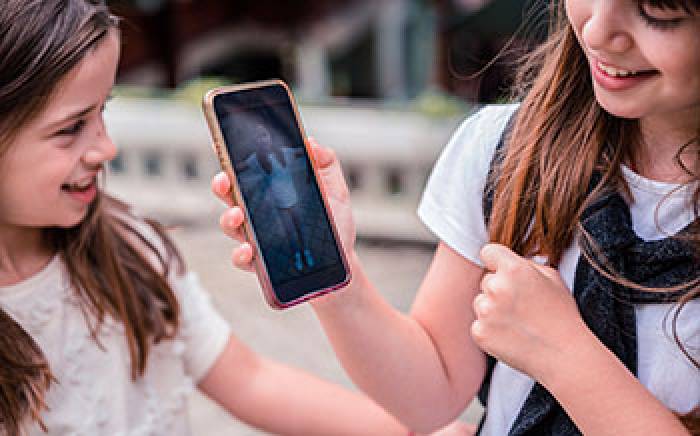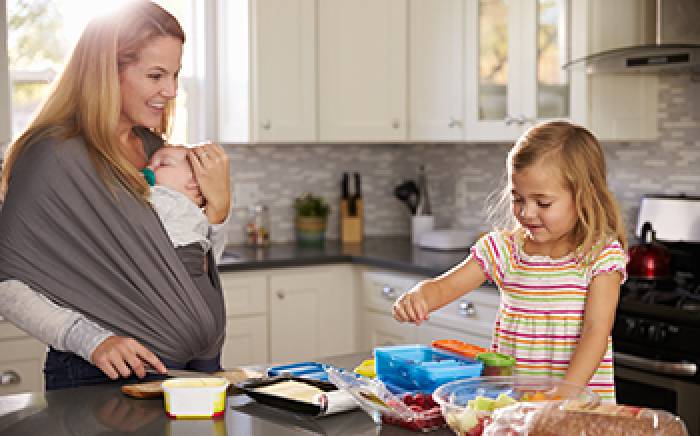Winter is here and so is cold, snowy weather. While all parents want to keep babies warm and snuggly, it is also very important not to overdo it.
The American Academy of Pediatrics offers these tips.
Dressing baby for winter:
- Dress your baby in several layers of light clothing to avoid overheating.
- The rule of thumb for older babies is to dress them in one more layer of clothing than you would wear in the same condition.
- Hats should cover the ears and be made of a warm and lightweight material.
- Winter coats should have hoods. Make sure there are no loose drawstrings around the neck.
- Mittens are better than gloves because they trap warm air around the fingers to help keep them warm. Lined mittens are a better choice than knit mittens.
- Bring an extra blanket or two wherever you go.
- If your baby gets overheated, remove a layer of clothing or remove a hat.
- If clothes get wet, replace them immediately with dry clothes.
Car seat safety for winter:
- Bulky clothing, including winter coats and snowsuits, can compress in a crash and lead to increased risk of injury.
- Dress your baby in thin layers of clothing and if needed you can tuck a coat or blanket around your baby over the buckled harness straps.
Crib safety for winter:
- Blankets, quilts, pillows, sheepskins and other loose bedding may contribute to sudden infant death syndrome (SIDS) and should be kept out of an infant’s sleeping environment.
- Warm, footed pajamas are preferred over having your baby sleep with a blanket.
Baby’s health in the winter:
- Bathing two or three times a week is enough for an infant. More frequent baths dry out the skin, especially during the winter.
- Cold weather does not cause colds or flu, but the viruses that cause colds tend to be more prevalent in the winter. Frequent handwashing is very important to reduce the risk of colds.




